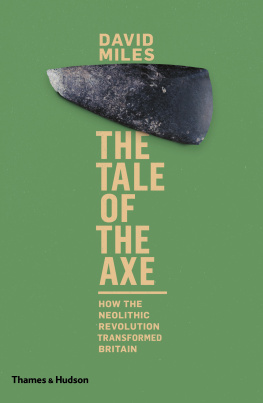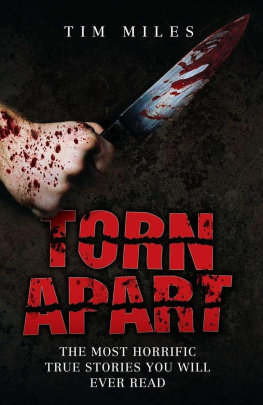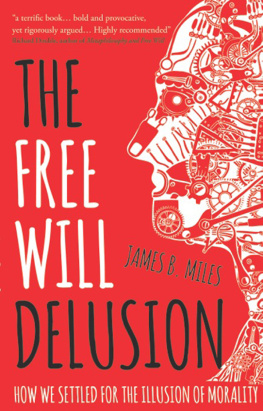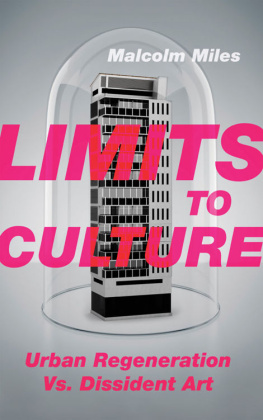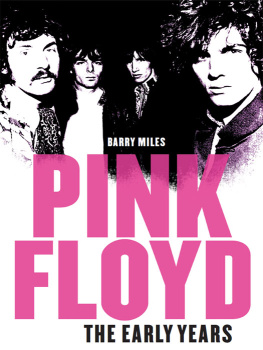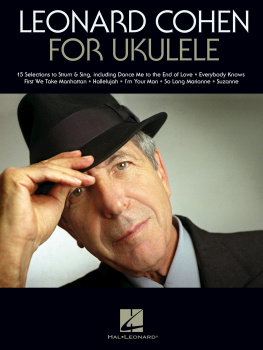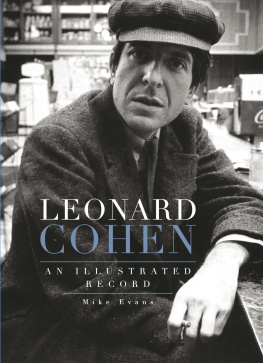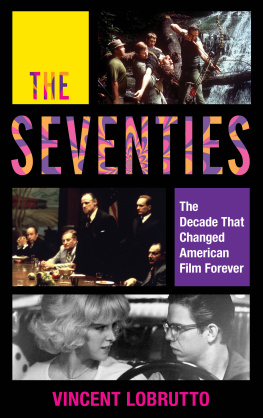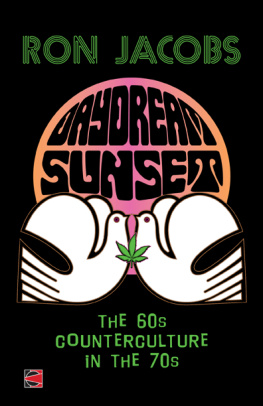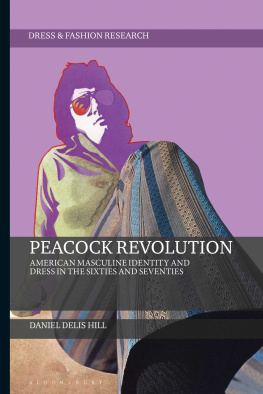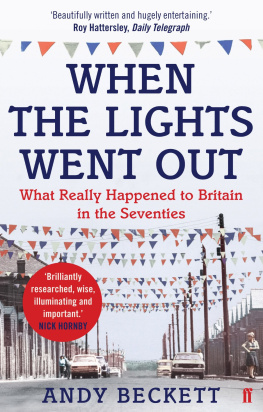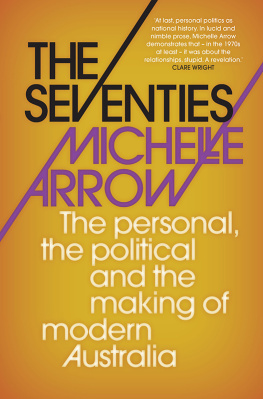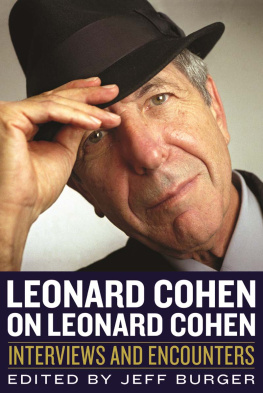Miles - In The Seventies
Here you can read online Miles - In The Seventies full text of the book (entire story) in english for free. Download pdf and epub, get meaning, cover and reviews about this ebook. year: 2011, publisher: Profile Books, genre: Non-fiction. Description of the work, (preface) as well as reviews are available. Best literature library LitArk.com created for fans of good reading and offers a wide selection of genres:
Romance novel
Science fiction
Adventure
Detective
Science
History
Home and family
Prose
Art
Politics
Computer
Non-fiction
Religion
Business
Children
Humor
Choose a favorite category and find really read worthwhile books. Enjoy immersion in the world of imagination, feel the emotions of the characters or learn something new for yourself, make an fascinating discovery.

- Book:In The Seventies
- Author:
- Publisher:Profile Books
- Genre:
- Year:2011
- Rating:5 / 5
- Favourites:Add to favourites
- Your mark:
- 100
- 1
- 2
- 3
- 4
- 5
In The Seventies: summary, description and annotation
We offer to read an annotation, description, summary or preface (depends on what the author of the book "In The Seventies" wrote himself). If you haven't found the necessary information about the book — write in the comments, we will try to find it.
Miles: author's other books
Who wrote In The Seventies? Find out the surname, the name of the author of the book and a list of all author's works by series.
In The Seventies — read online for free the complete book (whole text) full work
Below is the text of the book, divided by pages. System saving the place of the last page read, allows you to conveniently read the book "In The Seventies" online for free, without having to search again every time where you left off. Put a bookmark, and you can go to the page where you finished reading at any time.
Font size:
Interval:
Bookmark:
Barry Miles is a writer, luminary of the 1960s underground and businessman. Miles has written biographies of Paul McCartney, John Lennon, William S. Burroughs, Jack Kerouac, Charles Bukowski and Allen Ginsberg, in addition to books on The Beatles, Pink Floyd and The Clash as well as London Calling, a general history of Londons counter-culture since 1945.
adventures in the counter-culture
BARRY MILES

to Rosemary met in the seventies
A complete catalogue record for this book can be obtained from the British Library on request
The right of Barry Miles to be identified as the author of this work has been asserted by him in accordance with the Copyright, Designs and Patents Act 1988
Copyright 2011 Barry Miles
All rights reserved. No part of this book may be reproduced, stored in a retrieval system or transmitted in any form or by any means, electronic, mechanical, photocopying, recording or otherwise, without the prior permission of the publisher.
First published in 2011 by Serpents Tail,
an imprint of Profile Books Ltd
3A Exmouth House
Pine Street
London EC1R 0JH
website: www.serpentstail.com
ISBN 978 1 84668 690 0
eISBN 978 1 84765 494 6
Designed and typeset by sue@lambledesign.demon.co.uk
Printed by Clays, Bungay, Suffolk
10 9 8 7 6 5 4 3 2 1

T he seventies are now more than thirty years ago you need to be middle aged to properly remember them and as they recede in time, just as the sixties did and the decades before that, the decade is taking on its own stereotype: a weird mixture of flares, Abba, punk, pornography and super-heavy drug use. All those elements were there, but I saw most of the seventies as an extension of the sixties; in fact for me, the sixties as a definable period of cultural history ran from 1963 until 1977: from the Beatles until the end of punk. Its not as convenient as a nice, easy, even-numbered decade but it encompasses the growth and collapse of a movement.
Journalist Peter Braunstein described the seventies as the last sexually free decade of the twentieth century and he is right; in fact most of the excess attributed to the sixties occurred during the seventies: if there was ever a golden age of sex and drugs and rock n roll this was it. Beginning with David Bowie in drag, and ending with Grace Jones naked at Studio 54, it was the era of massive cocaine use, of legal pornographic films, and fashions that even now no one has seriously attempted to revive.
This book is a continuation of my previous volume, In the Sixties, where I concentrated on underground, counter-cultural activities, mostly in London. That book described the 1965 Albert Hall Reading, the UFO Club, Indica Books and Gallery, the founding of International Times and the Beatles spoken-word label Zapple. Indica Books closed in February 1970 (the gallery closed in 1967), but International Times continued until 1974 and flourished again later and I continued to write for it, mostly reporting from New York.
My interest in the Beat Generation continued and this volume covers the time I spent on Allen Ginsbergs hippy commune in upstate New York, working with him in Berkeley, and cataloguing William Burroughs archives in London. I also continued my rock n roll journalism, this time at New Musical Express, where for several years I covered everyone from the Pink Floyd to the Clash, Brian Eno to Talking Heads. I spent much of this time in New York, reporting from CBGBs on the Bowery then, in 1978, I edited Time Out, the weekly London arts and entertainment listing magazine for a spell. It was a busy decade, I was privileged to work with some of the people I admired most in life, and at the end of it I finally figured out what I wanted to do with my life, which was to become a writer. The book opens in New York, where Sue, my first wife, and I had gone to recover from sixties London.
off with a bang
T he south side of tree-lined West 11th Street at Fifth Avenue in Greenwich Village is lined with elegant Greek Revival brownstones built in 1845, served by the sombre First Presbyterian church, across the street, built a year later, and set well back from Fifth Avenue. The house at number 18 was part hidden by a tall wooden fence until five minutes before midday on 6 March 1970, when a powerful explosion ripped open the whole front of the building. Flames were already billowing from the windows when two more blasts followed in quick succession. Clouds of dust billowed across the street, slabs of wall and flooring crushed the roofs of parked cars and filled the front yard and street, blocking the road and sidewalk.
Two dazed girls covered in soot staggered from the flames; one was completely naked, her clothes blown off by the blast, the other wore blue jeans. They were trembling and in shock. Part of the front wall crashed to the street, narrowly missing them, engulfing them in dust and smoke. By this time neighbours had begun to arrive and one of them, Susan Wager, the former wife of film actor Henry Fonda, quickly pulled them down the street to her house at number 50 and into her living room. The girls were shaking and unable to speak but they seemed physically uninjured so she took them upstairs to the bathroom and found fresh clothes for them to wear. She asked her housekeeper to make coffee for them, then returned to the burning building in case there were further casualties.

Soon the street was blocked off by police lines of blue and white wooden trestles and bundles of throbbing fire hoses that snaked along the gutters
A crowd was gathering and the first of the emergency vehicles arrived, red lights revolving, radios crackling with static. Sirens and klaxons could be heard, converging on the block from all directions. Soon the street was blocked off by police lines of blue and white wooden trestles and bundles of throbbing fire hoses that snaked along the gutters. As the roof caved in, neighbours began to evacuate the nearby houses, among them Dustin Hoffman, who lived next door and left carrying a valuable Tiffany lamp. Mrs Wager returned to her house to check on the girls but they were gone, having told the housekeeper they were going to the drugstore to get some medicine.
The fire department quickly brought the fire under control and began damping down to make the structure safe to enter. Early in the evening the body of a man was found in the basement in pieces, and not long afterwards, the horribly mangled torso of a woman was discovered on the remnants of the ground floor. Police also found a number of handbags containing college IDs stolen from students in recent months. By now they were less convinced that the explosion was the result of a ruptured gas main. Floodlights were set up and late that same night police found more than sixty sticks of dynamite, a live military anti-tank shell, blasting caps and a number of large metal pipes packed tight with explosives. The neighbouring houses were evacuated. The police had discovered a Weathermen bomb factory.
The search continued. Using his fingerprints, police identified the dead man as Theodore Gold, one of the leaders of the 1968 student strike at Columbia University. He was twenty-three years old and a member of the Weathermen. The remains of the dead woman were identified only by the print on a severed finger. She was Diana Oughton, the granddaughter of the founder of the Boy Scouts of America and daughter of an Illinois state politician. After seven days of painstaking searching through the rubble the police located the body of another male, impossible to identify as only the torso remained. The Weathermen later gave him a name; it was Terry Robbins, one of their members. He had been blown to pieces when he accidentally ignited the six sticks of dynamite he was wiring up.
Next pageFont size:
Interval:
Bookmark:
Similar books «In The Seventies»
Look at similar books to In The Seventies. We have selected literature similar in name and meaning in the hope of providing readers with more options to find new, interesting, not yet read works.
Discussion, reviews of the book In The Seventies and just readers' own opinions. Leave your comments, write what you think about the work, its meaning or the main characters. Specify what exactly you liked and what you didn't like, and why you think so.


